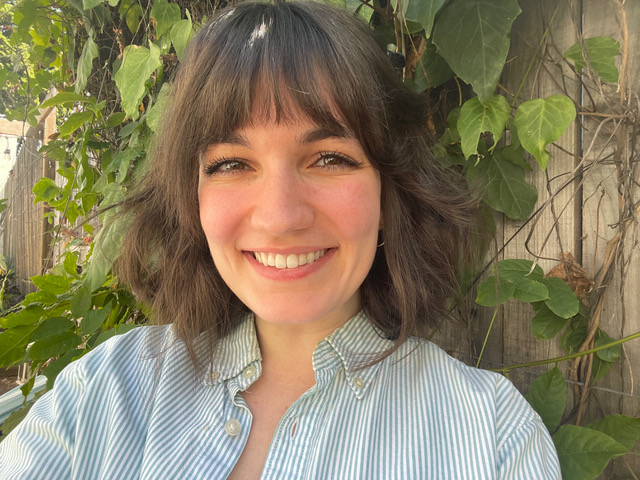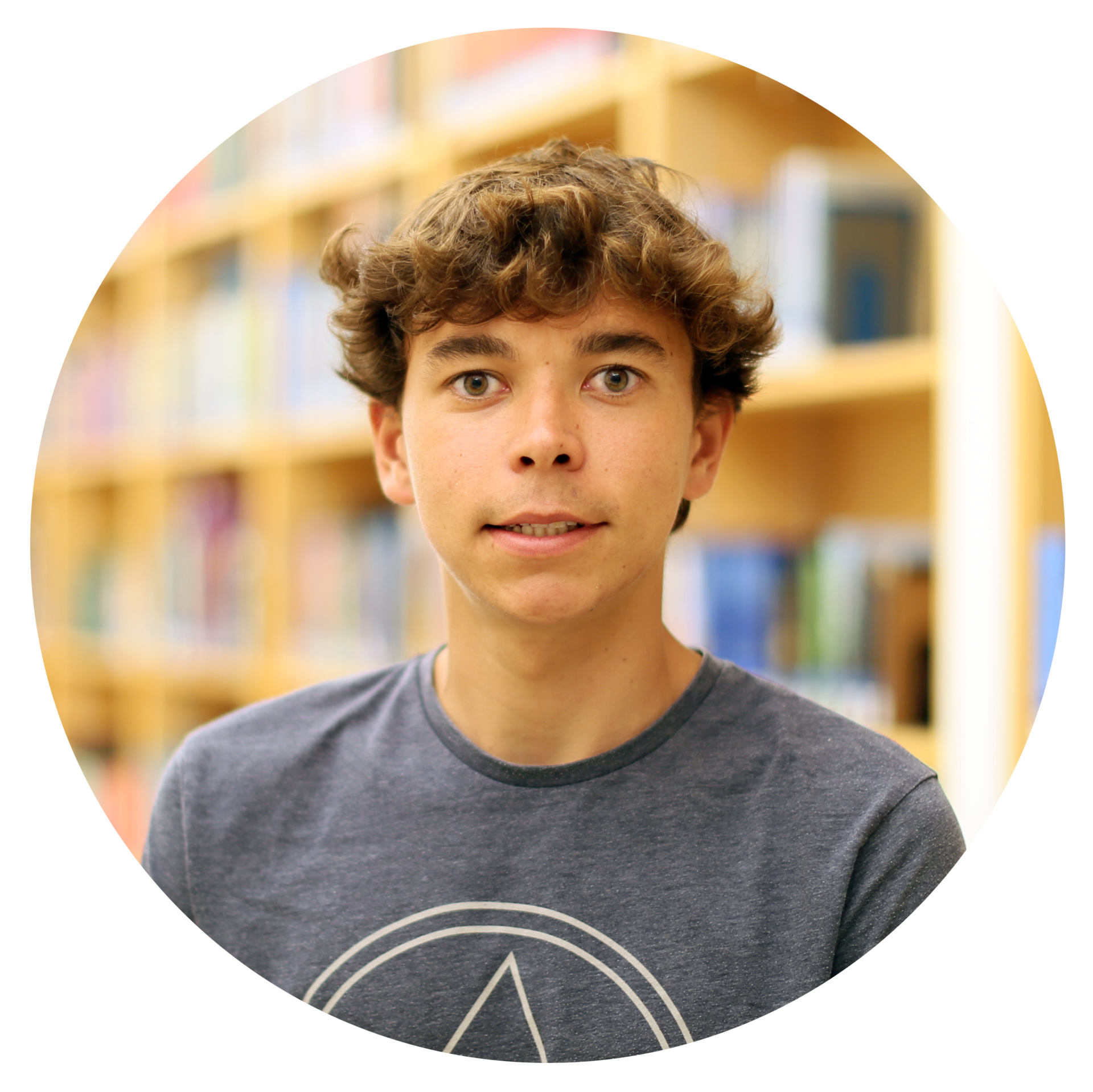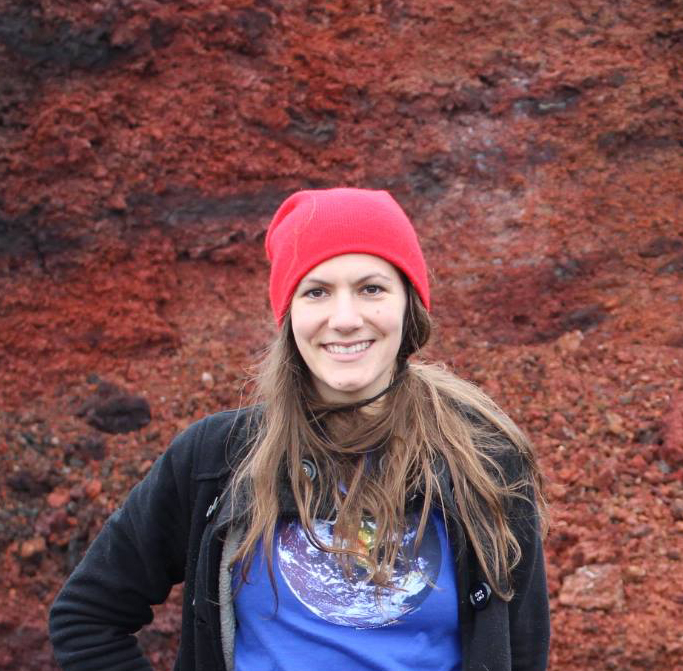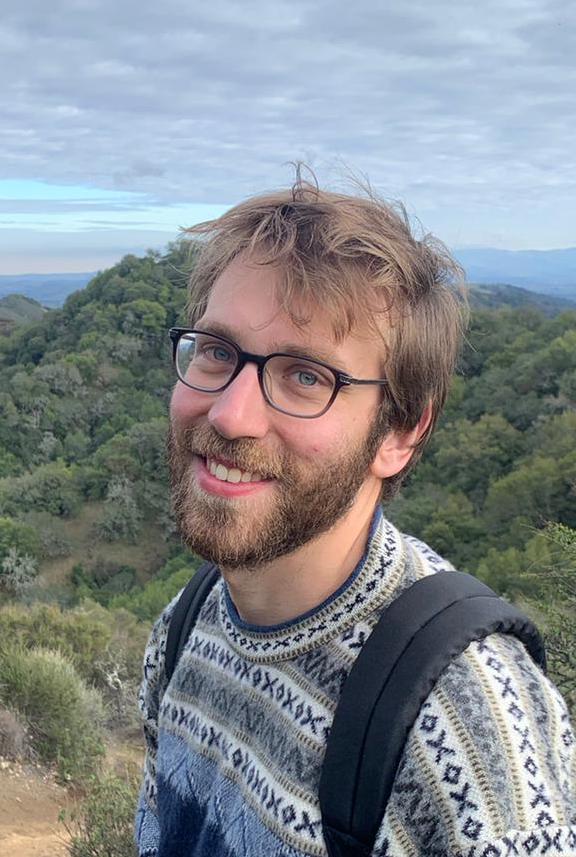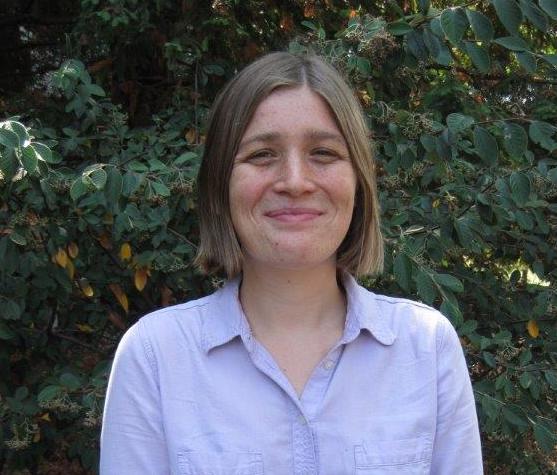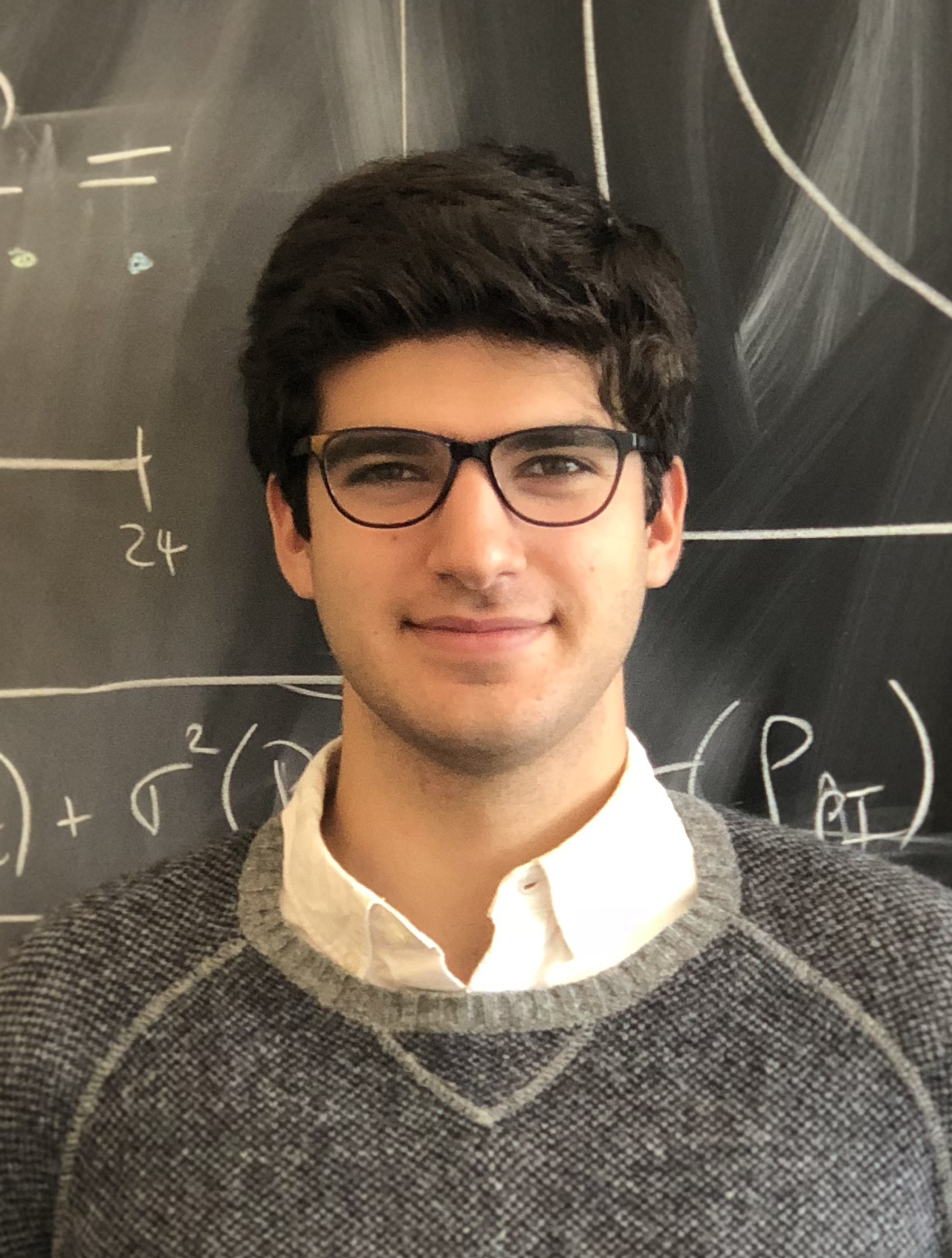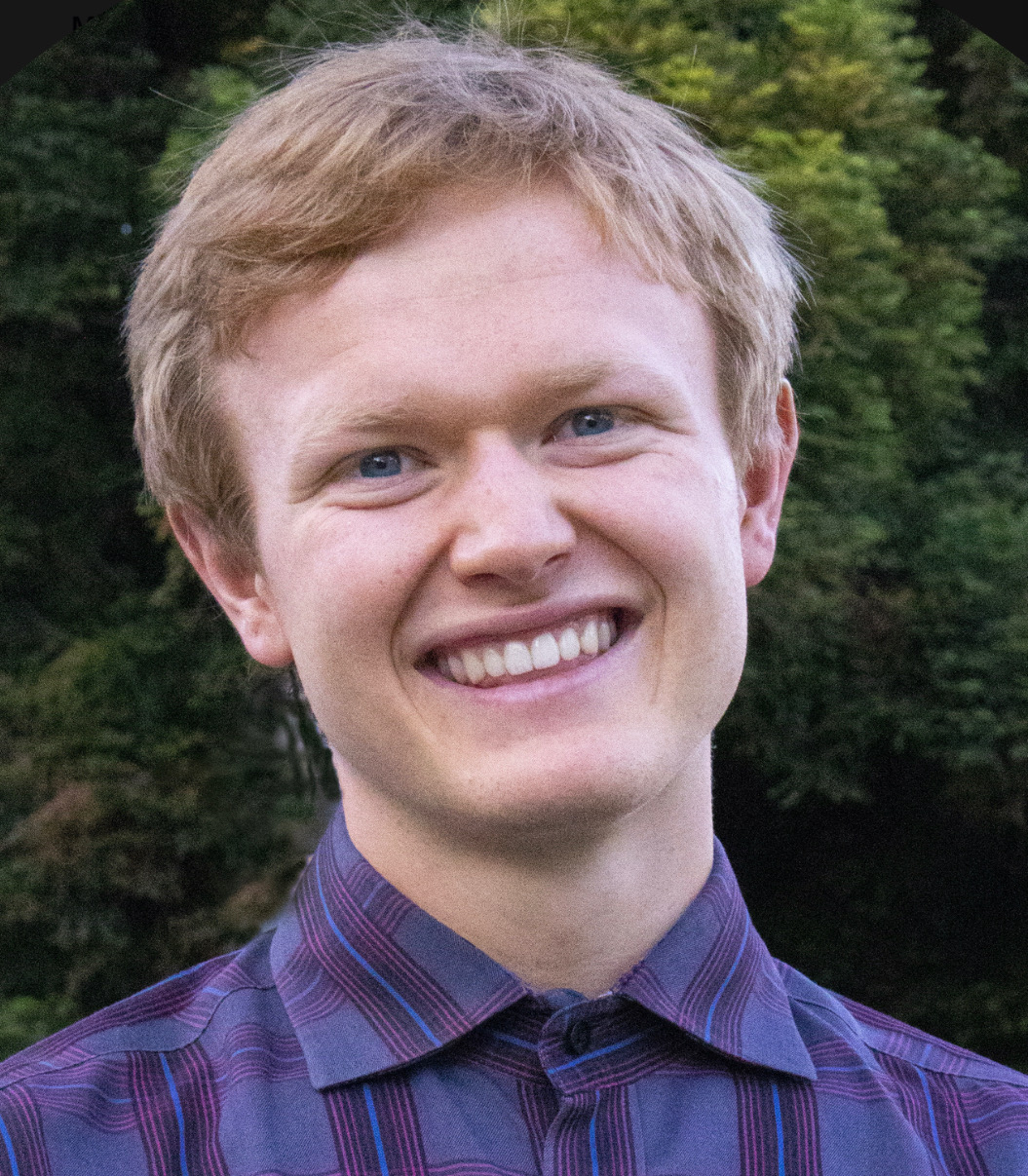Tanja (she/her) is a Ph.D. candidate in the Earth and Planetary Science Department at U.C. Berkeley. She used computer simulations to investigate thermodynamic material/transport properties of water-rich exoplanet interiors. Materials within planets are subjected to extreme pressures and temperatures and highly accurate ab-initio computer simulations offer us a glimpse into their interiors. She is currently working on calculating the equation-of-state for rock and ice mixtures (i.e. the miscibility curve).
On a personal note, Tanja is a refugee and a first-generation college student. She finds it imperative to continue mentorship and outreach efforts as she pursues a scientific career.
Explorer Categories: Earth & Planetary Sciences
Quentin Eric Nicolas
My project aims to develop a quantitative understanding of precipitation around tropical mountains. Our first step is to develop a physics-based theory for the setting where a steady flow impinges perpendicularly on a mountain ridge; analogous to the Western Ghats of India, during the summer Monsoon. Future developments will consist in complexifying the problem to conform better to real-world mountains, where a complete atmospheric circulation can develop. This work will allow better preparation of the societies depending on freshwater input from mountains to future climate changes.
Julia DeMarines
Julia DeMarines is an Astrobiologist and science educator. She is currently a PhD student in UC Berkeley’s Earth and Planetary Science dept doing joint research with the Berkeley SETI Research Center and the Blue Marble Space Institute of Science on a project attempting to determine what we “sound” like to an alien observer. She also teaches with the international team of scientists/educators called the Ad Astra Academy. She is a 2019 AGU Voices for Science advocate, a National Geographic Explorer and a 2018 Grosvenor Teacher Fellow. She holds a Master’s degree in Space Studies from the International Space University and a Bachelor’s in Astronomy from the University of Colorado. Her research involves biosignature and techno signature detections, the ethics behind messaging extraterrestrials, and the impact of educational activities. Julia also runs her own outreach events called “Space in Your Face!” – a space variety show involving comedy, local artists, and cover songs. When she’s not doing science and communication she can be found cracking Uranus jokes, trying not to kill her plants, trail running, and hanging with her cat, Bella.
Sevan Adourian ⭐️
I was born to a French-Armenian family of teachers living in the suburbs of Paris. I was accepted to UCB PhD program in Earth and Planetary Science for the Fall semester of 2017.
Complex interactions between different parts of Earth’s mantle — 3000 km of solid rock beneath our feet — push and pull tectonic plates through mantle convection where hot rock rises and cold rock sinks on timescales of 10s-100s millions of years. To understand processes at the surface, particularly earthquakes and volcanic eruptions, a deeper and wider understanding of Earth’s force balance must be obtained. My project team will use a combined approach of a theoretical framework and numerical modeling in order to retrieve a density model for the deep mantle, which is one of the missing pieces of the global mantle circulation that governs most of the surface tectonic processes.
Helen Fitzmaurice
My research concerns quantifying emissions from the transportation sector using a dense sensor network in the Bay Area. To analyze effective methods that we can use to make inferences and new information about CO2 and particulate emissions from the transportation sector.
Nathaniel Eli Tarshish
Nathaniel is a graduate student studying the physics of climate in the Earth and Planetary Science department at UC Berkeley. Prior to graduate school, he earned a B.Sc. in Mathematical Physics from Brown University and investigated ocean fluid dynamics as a researcher in Princeton University’s Department of Geosciences. He has broad interests in understanding how the climate changes from human activity, including carbon emissions and nuclear war. He is researching if historical carbon emissions commit us to future warming, and if firestorms ignited by acts of nuclear war could trigger severe global cooling.
Naomi Grace Asimow
Naomi Asimow is a graduate student in Earth and Planetary Science interested in energy technology and policy to achieve equitable solutions to the climate crisis. Her research with Professor Ron Cohen focuses on source attribution of urban emissions by inverse modeling, with the goal of helping municipalities better understand their emissions and meet their climate and air quality goals. Naomi previously worked at the non-profit Strategic Energy Innovations (SEI). In this role, she tackled renewable energy solutions from varied angles: from working with government stakeholders on energy resilience solutions to developing curriculum on energy technology for high school and college students. As an undergraduate, Naomi researched porphyrin-catalyzed electrochemical reduction of carbon dioxide for energy and carbon storage.
Paul Nicknich
Paul Nicknich graduated from UC Berkeley in spring of 2021 with a degree in applied mathematics with an emphasis in atmospheric science. What began as a casual interest in meteorology and snow forecasting has evolved into a passion for climate and atmospheric science and trying to understand the implications of a changing climate for our world. He is currently working with Professors Bill Boos and John Chiang doing research on tropical and extreme precipitation changes in a warmer climate. Outside of scientific work, Paul enjoys playing jazz and classical bass and spending time in the mountains skiing and running.
Shane Russett
I am a fourth year undergraduate studying Atmospheric Science. My research is in the field of biogeochemistry, and it concerns the ability of farmland to sequester greenhouse gases. I have applied ground rock (encouraging bicarbonate storage) and compost (allowing biomass growth) to the soil of Marin county farmland, and have been sampling soil in order to determine changes in the amount of soil carbon. I am hopeful that my research will provide farmers with a low-cost method to contribute to climate change mitigation
